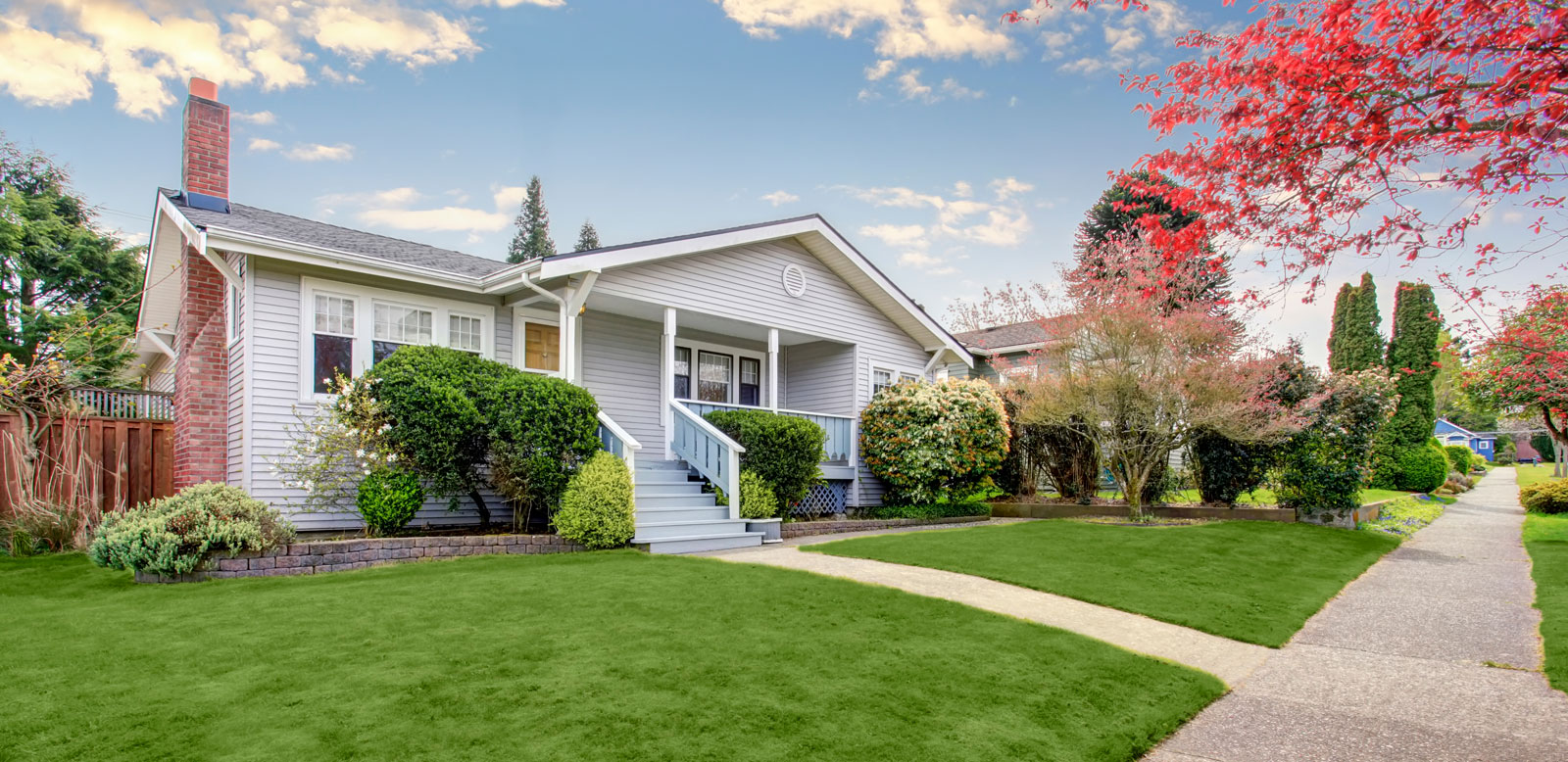
Understanding the difference between Coverage A replacement cost, market value and purchase price
August 12, 2021 — Homeowner insights | Insurance insights
We’ll be the first to admit that insurance-speak can be a bit confusing. When terms are closely related, nuances can be challenging to discern. A perfect example is “Coverage A replacement cost,” “market value” and “purchase cost.”
These terms are similar, but they have key distinctions to be aware of, as they treat home value and reimbursements differently. Let’s take a closer look at each of these terms.
What is Coverage A replacement cost?
Coverage A, also known as dwelling coverage, on a homeowners policy covers damage to your home’s structure, including the walls, floors, roof, windows, support beams and foundation. It also covers attached patios, porches and garages.
Coverage A does not cover your personal belongings inside your home. Policies have other coverages, like B and C that can provide protections not in Coverage A. Coverage A does protect built-in appliances, such as water heaters, furnaces or sump pumps. Pool houses, sheds, gazebos or other structures not connected to the home are also not covered under Coverage A.
How is replacement cost calculated?
When you think about Coverage A replacement cost, ask yourself, “How much would it cost to rebuild my home today?”
Replacement cost doesn’t consider the value of your home or how much you paid for it – only how much it costs to rebuild it. Replacement cost can fluctuate because the prices of building materials fluctuate, sometimes widely, based on various conditions. If a fire destroyed a 25-year-old home, the building materials and labor would cost much more in today’s market than they did 25 years ago.
Since building material prices change, insurance pros use a cost estimator or analysis to determine a home’s replacement cost. Additionally, most insurance carriers will allow for an agent or policyholder to go over or under their Coverage A cost by a certain percentage to manage these fluctuations.
Sometimes the insurance inspection process reveals something about the home that was not taken into consideration during the quoting process. This new information can affect the Coverage A replacement cost and is often why during the underwriting review process Coverage A replacement cost be increased. No one likes costs to go up, but if this happens, it’s a sign that your home has the best protections in place, and nothing was overlooked.
What about purchase price and market value?
These two terms may factor into how much you think your home is worth, but they do not determine how much your policy reimburses you for a covered loss. Purchase price is exactly that – how much you paid not only for your home, but also for the land it sits on as well. This is different from how much insurance coverage your home should have. That’s because what you paid for your home – especially if you bought your home at a time when home prices were low – may not be enough to replace it years later.
Market value is how much your home and the land it’s on should sell for in the current real estate market. As with building material costs, a home’s market value varies based on several factors. Market value fluctuates based on the quality of the neighborhood, the real estate market and the home’s size, age and condition, to name a few factors. A house with a great view might have a higher market value than a home without a view. Those two homes may have very different market values even though the cost to rebuild them after a catastrophe is very similar.
Here’s how it all comes together
Let’s assume you bought your home for $275,000. When you purchased your homeowners insurance policy, your Coverage A replacement cost was set at $200,000 because that’s what it would cost to rebuild your home at that time. Ten years later, the market value of your home could be $550,000, especially if many more people want to live in your neighborhood. But if a hurricane destroyed your home, it would likely cost less than $550,000 to replace it. Depending on construction costs, the cost to rebuild (replacement cost) will most likely be less than the market value. Just as the market value of your home changes year after year, the replacement cost – or the cost of reconstruction – also changes. Your Coverage A replacement cost amount is adjusted each year to keep up with the replacement cost estimate.
Unlike Coverage A replacement cost, a home’s market value doesn’t factor in building materials and labor prices, and it’s important to understand that a home’s market value may be significantly more or less than the cost to rebuild the home.
Know your policy
In the case of a loss, it’s vital to have the right coverage, and that begins with understanding your Coverage A replacement cost. By knowing the difference between these terms and how insurers calculate replacement cost, together with your insurance professional, you can ensure your home is protected when life’s worst moments happen.
